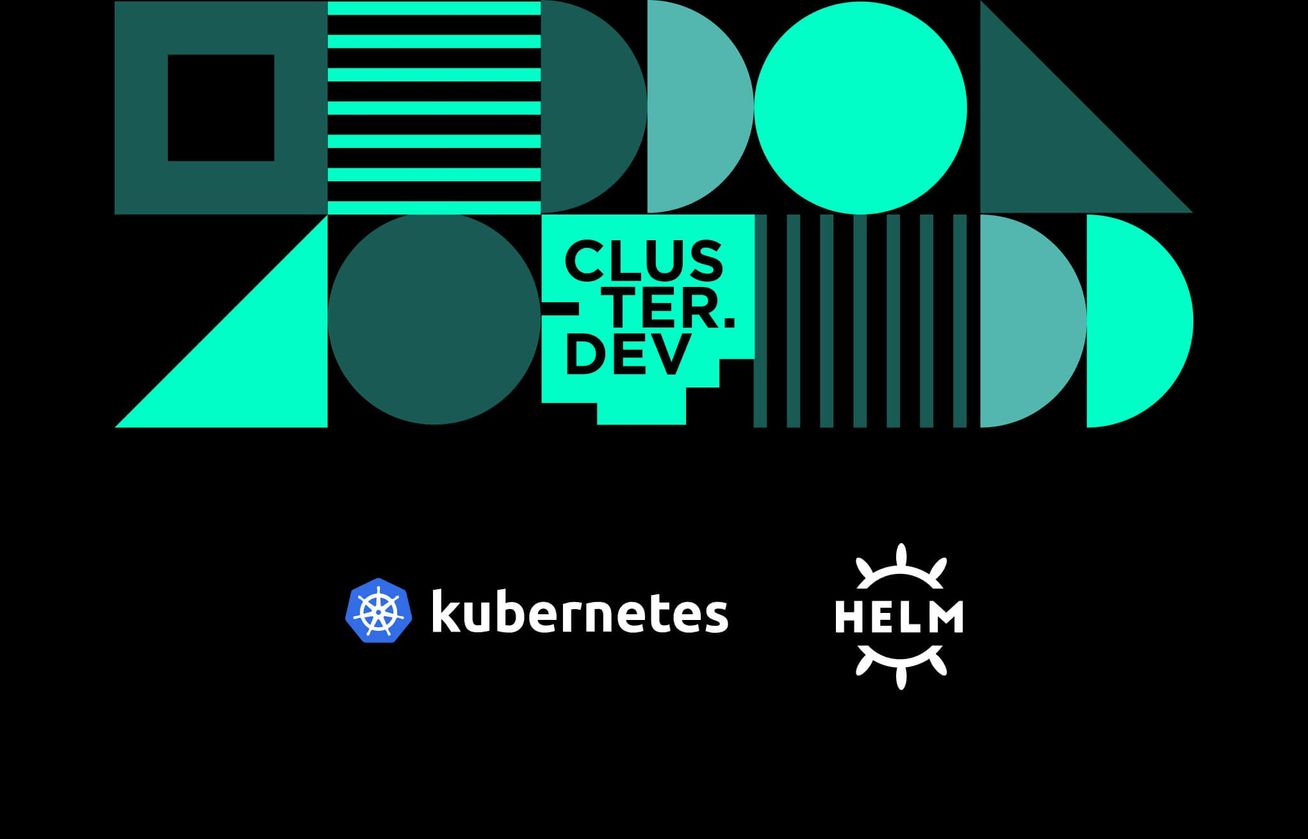Tech-forward Enterprises
Our infrastructure automation tool for enterprise tech companies uses cutting-edge technologies and DevOps best practices to future-proof your systems for upcoming challenges.
- Platform engineering
- Automation of DevOps and SRE tasks
- Reusable infrastructure templates
- Seamless CI/CD integration
- Knowledge sharing through the code
Cluster.dev Solves Multiple Problems for Tech-forward Enterprises
How It Works
Our Clients & Reviews
Ready to get started?
Cluster.dev promotes the adoption of new technologies and practices by enabling easy integration and experimentation within your infrastructure. Its templating engine and modular architecture allow for quick adoption of cutting-edge technologies and DevOps best practices, facilitating a culture of innovation and continuous improvement.
Yes, definitely. By encapsulating complex infrastructure patterns into reusable templates, Cluster.dev abstracts away most of operational complexities, enabling infrastructure management even for non-technical staff.
Thanks to its default integration with the Grafana-Prometheus monitoring stack, Cluster.dev allows for monitoring of a wide range of performance metrics, both infrastructure- and application-specific. The metrics may include response time, server resource usage, deployments fail rate or any other custom parameter required for testing system performance.
As an IaC tool, Cluster.dev supports infrastructure codification and storing infrastructure code in a Git repository. This approach makes the code accessible for both development and operations teams, encouraging transparency, accountability, and seamless collaboration.
Cluster.dev contributes to cost savings by providing clear visibility of the resources deployed on a single or across multiple cloud platforms. This makes it easier to calculate and manage cloud costs effectively. It also supports cloud native scaling mechanisms to enable dynamic resource allocation and cost optimization strategies on a given cloud platform.
 Schedule call
Schedule call




